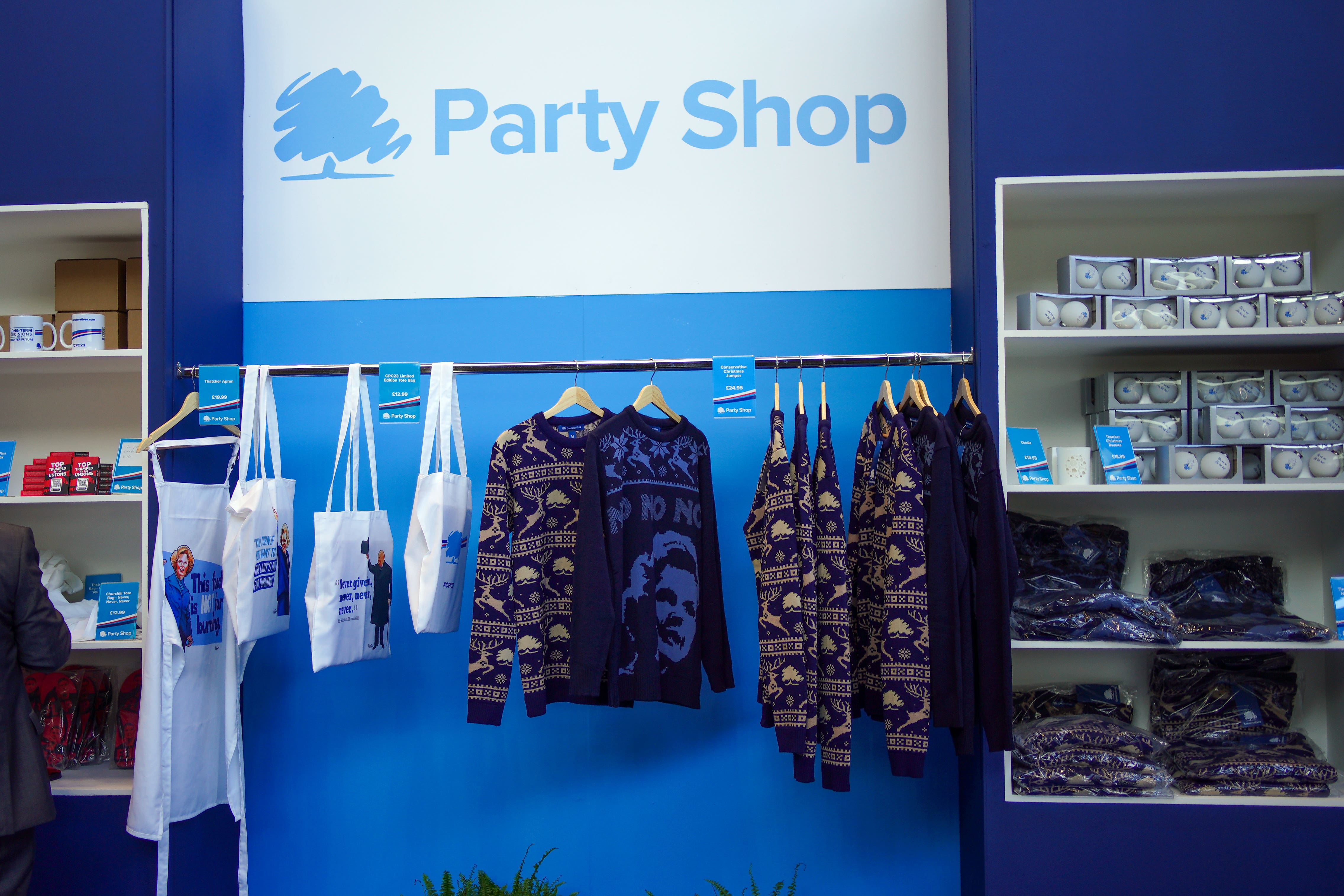Tory membership at lowest level on record, leadership results show
Barely 95,000 out of 131,680 Tory members voted in this year’s leadership election.

Your support helps us to tell the story
From reproductive rights to climate change to Big Tech, The Independent is on the ground when the story is developing. Whether it's investigating the financials of Elon Musk's pro-Trump PAC or producing our latest documentary, 'The A Word', which shines a light on the American women fighting for reproductive rights, we know how important it is to parse out the facts from the messaging.
At such a critical moment in US history, we need reporters on the ground. Your donation allows us to keep sending journalists to speak to both sides of the story.
The Independent is trusted by Americans across the entire political spectrum. And unlike many other quality news outlets, we choose not to lock Americans out of our reporting and analysis with paywalls. We believe quality journalism should be available to everyone, paid for by those who can afford it.
Your support makes all the difference.Conservative Party membership has fallen by almost a quarter over the past two years, Saturday’s leadership election results have revealed.
Barely 95,000 people voted in this year’s contest as turnout plunged to its lowest level on record amid declining party membership.
In 2022, when Liz Truss defeated Rishi Sunak, 141,725 members out of a total of around 172,000 voted in that leadership contest.
However, by Saturday there were only 131,680 Tory members eligible to vote for their next leader, a drop of 23%, while turnout fell from 82.6% to 72.8%.
It was also the tightest on record: while previous Tory leaders secured more than 60% of the vote, Kemi Badenoch was backed by 56.5% of those who took part.
This still gave her a comfortable margin of victory over Robert Jenrick.
The previous record lows for both membership and number of votes was in 2019, when 139,318 out of around 159,000 Tory members at the time took part and elected Boris Johnson over Jeremy Hunt.
The percentage turnout is also the lowest on record, surpassing the previous low of 78.4% in 2005.
The dip is part of a longer-term trend of declining Conservative Party membership, which stood at around 310,000 when members were given a vote on the leadership for the first time n 2001.
In the run-up to Saturday’s announcement, Ms Badenoch expressed concern that fewer people were voting than expected, while the decision of one of the key Tory moderate groups not to endorse a candidate may have had an impact on turnout.
At the start of the membership contest, the Tory Reform Group issued a statement saying it was unable to endorse either Ms Badenoch or Mr Jenrick, noting they had both “used rhetoric and focused on issues which are far and away from the party at its best, let alone the One Nation values we cherish and uphold”.
Declining party membership has been a feature of British politics generally for decades.
Membership is thought to have peaked in the 1950s, with both main parties claiming members in the millions, but has declined significantly since then.
Labour saw a significant increase in membership following the election of Jeremy Corbyn as leader in 2015, and it remains the largest party.
However, its membership fell by 9% between 2022 and 2023, and is thought to have continued to decline over 2024.